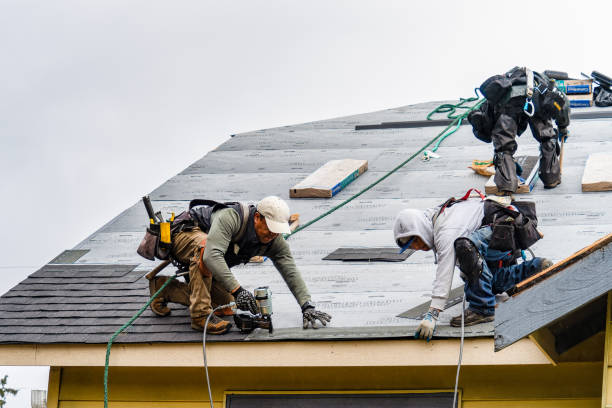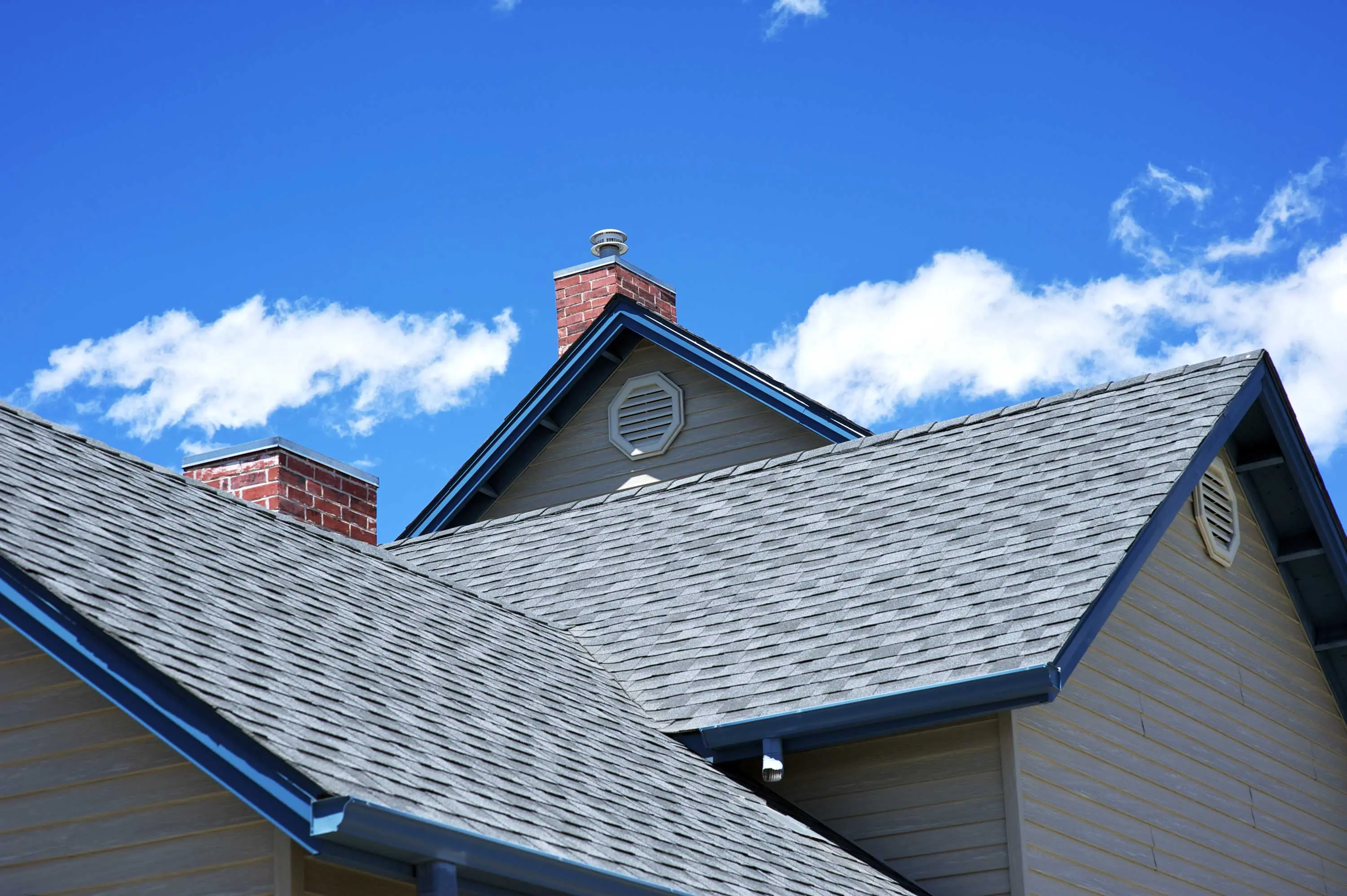A Comprehensive Guide to Effective Roofing Flat Roofing System Installation
The intricacies of level roofing system installation need a thorough technique, beginning with a comprehensive understanding of numerous flat roof covering types and the important products required for optimum performance. An effective setup pivots not only on the selection of products but likewise on the preparation and implementation of each step included in the procedure.
Recognizing Apartment Roofing System Kind
When taking into consideration flat roof coverings, it is necessary to understand the numerous types offered, as each deals distinct advantages and disadvantages customized to specific requirements. The most usual types of level roofing systems consist of Built-Up Roofing (BUR), Changed Bitumen, and Single-Ply membrane layers.
Built-Up Roof covering consists of several layers of asphalt and crushed rock, offering superb sturdiness and climate resistance. It is particularly valuable in areas susceptible to extreme weather conditions yet may require more upkeep as a result of its complex building and construction.
Modified Bitumen is a preferred selection for its ease of setup and versatility. It usually employs a self-adhesive or torch-applied technique, which can be advantageous for quick fixings and lasting performance. Its life expectancy can be much shorter contrasted to BUR.
Single-Ply membrane layers, consisting of Thermoplastic Olefin (TPO) and Ethylene Propylene Diene Monomer (EPDM), are identified for their light-weight nature and power efficiency. These materials are frequently chosen for industrial buildings because of their cost-effectiveness and simplicity of setup (Cleveland Roofing Specialists). However, they may not provide the same level of insulation as other options.
Each roofing kind calls for cautious consideration based on climate, budget, and particular project requirements.
Important Materials for Flat Roof Covering
A selection of crucial products are vital for the effective setup of flat roof. The choice of products straight effects sturdiness, performance, and overall effectiveness.
One of the primary products is the roof covering membrane layer, which can be built from various materials such as polycarbonate polyolefin (TPO), ethylene propylene diene monomer (EPDM), or PVC. Each type offers one-of-a-kind benefits, consisting of UV resistance and adaptability, which are crucial for prolonged efficiency.
Along with the membrane, insulation products play a considerable role in power effectiveness. Stiff foam boards or polyisocyanurate insulation are prominent options, as they give exceptional thermal resistance and wetness management.
Moreover, roofing adhesives and sealants are crucial for making sure a watertight installment. These products must work with the selected membrane layer to protect against degeneration in time.
Planning For Installment
Appropriate prep work is necessary for a successful flat roof setup, as it lays the foundation for a effective and durable roof. Begin by conducting a comprehensive inspection of the existing roofing structure. Try to find signs of damages, consisting of leaks, rot, or insufficient drainage, which might endanger the new roof system. Make certain that the underlying products are audio and can support the weight of the new roof covering parts.
Following, gather all required tools and products, making certain that they fulfill industry standards. This includes water resistant membranes, insulation, blinking, and bolts. Acquaint on your own with the supplier's specifications, as adherence to these guidelines is essential for guarantee functions.
Think about weather condition conditions; avoid installment throughout heavy rainfall or severe temperatures, which can influence material performance. By taking these primary steps, you can boost the probability of a successful level roofing installation that satisfies both aesthetic and architectural demands.
Step-by-Step Installation Refine
With the groundwork developed through thorough prep work, the next stage involves carrying out the flat roof covering installation methodically. Begin by guaranteeing that the architectural deck is tidy and complimentary from debris. Next off, mount a vapor barrier to stop wetness accumulation underneath the roof covering material. This step is crucial for maintaining the roof's stability over time.
Adhering to the vapor barrier setup, set insulation boards, guaranteeing they fit tightly together to minimize thermal linking. Secure the insulation with ideal additional reading bolts based upon the roof covering type and regional building regulations. As soon as the insulation remains in area, it's time to use the roofing membrane. Depending upon the picked product-- such as TPO, EPDM, or modified bitumen-- set up the membrane layer according to the producer's specifications.
Guarantee appropriate overlap at joints and sides to produce a leak-proof seal. Use adhesives, mechanical bolts, or warmth welding as called for. Ultimately, mount blinking around borders, vents, and any kind of roof infiltrations to boost waterproofing. After setup, perform an extensive assessment to determine any kind of potential problems before my blog concluding the project, ensuring a reliable and durable level roofing system.
Upkeep Tips for Durability
Normal upkeep is vital to ensure the long life and performance of a level roofing. One of the key jobs is to carry out regular assessments a minimum of two times a year, ideally in springtime and autumn. Throughout these assessments, look for indicators of wear, such as blisters, splits, or pooling water, which can show underlying issues.

Ensuring appropriate water drainage is essential to stop water accumulation. Check and clear rain gutters, downspouts, and scuppers to assure unobstructed water flow. Furthermore, evaluate seals around vents, skylights, and various other penetrations for any indications of degeneration, using caulk or sealer as required to maintain a leak-proof barrier.
Finally, think about expert upkeep solutions every couple of years for thorough maintenances. By sticking to these upkeep ideas, you can dramatically expand the life of your level roof, guaranteeing it continues to be a reliable shield against the elements.
Conclusion
Efficient level roofing installation demands a methodical approach incorporating extensive inspections, see product selection, and thorough preparation. Sticking to the detailed steps during the installation procedure makes sure the proper application of roof membranes and insulation while improving waterproofing via efficient blinking installation.
The details of flat roofing installation demand a thorough method, starting with an extensive understanding of numerous flat roofing system kinds and the important products needed for optimal efficiency.Correct prep work is vital for a successful level roof setup, as it lays the groundwork for a resilient and reliable roof system. After installment, carry out a comprehensive assessment to recognize any potential problems prior to ending the project, guaranteeing a robust and trustworthy flat roofing system.
